Last Updated on July 28, 2021
ERIC RED TALKS BODY PARTS!

Click
here to check out the EXCLUSIVE DELETED SCENES from “Body
Parts” given to our site by Eric Red himself.
How does it feel to finally see Body Parts get the DVD treatment?
The film is finally being seen in scope and anamorphic widescreen, the way it was shot and intended to be seen in theatres. Not the static full frame that was on VHS all these years, but with a big look how we filmed it. Also, the DVD format that has the audio quality so the music and sound effects can heard to their full dynamic in-your-face impact. For instance we mixed sixty different SFX tracks for the crash sequence at the beginning and this is the first time most people will really hear it. The score was composed for and recorded with a 105-piece symphony orchestra in Munich, so the musical thunder and drama of Loek Dikker’s acoustic score really comes across on DVD.
I’ve heard that Body Parts was based on a novel; I have to this day never been able to confirm that. Care to comment?
Two French authors, Thomas Boileau and Pierre Narcejac, wrote a novel called “CHOICE CUTS” during in the 1960’s. Boileau and Narcejac were also the authors of the novels that Alfred Hitchcock’s “VERTIGO” and H.G. Clouzot’s “DIABOLIQUE” were based upon, so they were pretty renowned writers in the thriller “BODY PARTS” follows the same basic storyline as the novel, but with some major differences.
How grueling and long was the development process on the picture?
Twenty long and grueling years before I came onto the scene back in 1990. The project had gone back and forth between various studios and producers and they’d hired about 15 writers over the years, including Robert Benton. There was at least a million dollars in development already invested. I understand that Hitchcock had been briefly attached—-now that film I would have liked to have seen! When I set up the picture up with Frank Mancuso Jr. at Paramount, things went fast. The picture was green lit from the idea stage and we were always going to shoot it in the winter. It’s the only time I’ve been involved with a film where we had a start date before a script. I did the first major drafts. Because I was busy with preproduction, we brought on another writer to do additional drafts, Norman Snyder who had written “DEAD RINGERS” for David Cronenberg. Then Larry Gross, who wrote “48 HOURS,” did a draft, but the W.G.A. didn’t give him screen credit.
The book had two big problems in terms of film adaptation, which is why they kept stumbling in the development process over the years. The first problem was in the point of view. In book the main character was a detective investigating the apparent suicide deaths of the transplant recipients, so the story was told third person and neither he nor the audience was personally invested in the horror. I changed the main character to a guy who was a donor recipient, so he and the audience experienced the horror first hand and we investigate and uncover the mystery of what is going on as he does. Frank Mancuso Jr. came up with the idea of the Jeff Fahey character being a criminal psychologist, which gave it an added dimension. The second problem with the book was the climatic twist of the killer having his head transplanted was played very static with the detective finding the unconscious body put back together in a hospital room and shooting him. This was the era of Freddy and Jason, and it seemed to me a film for contemporary horror audiences demanded the head transplanted killer be on his feet going out and getting his parts back by ripping them off himself.
This way we could introduce a third act serial killer Freddy or Jason type character. The image of a guy with a neck brace carrying his own severed legs and arms seen in silhouette–the shot on the label of the DVD itself–was in my mind from the outset. Those were the big changes. I also reduced the limb recipients to three from the five graftees that were in the book. In the novel, a priest got the transplanted torso from the killer including the guy’s dick and became a sex fiend! We actually kept that running in the first draft, and even had a scene in a confessional where the priest masturbates while listening to a woman confess in graphic detail about cheating on her husband. That whole element was just too goofy so I cut it.
How did the casting process go? Did you see many name stars for the roles?
There wasn’t any pressure from the studio to hire stars, just good actors.
In fact, it was Paramount who brought Lindsay Duncan to my attention, in the British TV series “TRAFFIC.” Fahey had not had the
lead in a picture before. Peter Murnick who played Draper and Paul Ben Victor who played Kohlberg were both unknowns. Kim Delaney had had limited exposure but I saw the depth that she’d later display in
“N.Y.P.D. BLUE.” The goal was to cast a good, realistic ensemble.
You shot the flick in Toronto, Canada; what is your fondest memory of that City?
The winter and the chilly and pristine elegant mixture of the old and new in the city of Toronto that was such a perfect setting for a modern gothic horror film. My least fondest memory is freezing my ass off on the back of an insert car going 55 MPH out on Lakeshore Drive in 30 degree below zero weather not counting the wind chill factor.
All of Body Parts’ gruesome effects were done practically; if you had access to CG then; would you have used the technique?
No, because you can’t beat practical makeup, appliance and animatronics effects for realism when executed properly. I’m old school in that regard. CGI effects are like watching a cartoon, and on some level you know it’s computer generated and it isn’t real and that takes you out of the movie. The gore stuff in the film—-Fahey’s severed shoulder in the O.R. room, the newly attached killer’s arm in the bandages swollen with the tracheotomy stitching, the moving severed limbs in the tank—all owe their squirmy realism to fact they were done with practical makeup effects. Not to mention the severed arm on the freeway scene, that is one of the cut sequences seen for the first time on The Arrow site. Same with stunts versus CGI. During the freeway wreck in “BODY PARTS” you know watching the picture that it’s a real guy going through all the twisted metal and glass, and that’s what gives the scene it’s terrifying visceral reality. Old school rules!
The flick contains a slew of hair-raising stunts; especially when it came to motor vehicle crashes, did it all go smoothly during the shoot?
I’m sorry to say the body flying through the car crash in the freeway wreck was a stunt that went wrong. I’m happy to say the stuntman, Branko Racki, wasn’t hurt and walked away from it. I had Branko standing on the hood of one car when the truck pushed his car into the one ahead of it, which was bolted down. What happened was that despite careful planning by myself, the stunt coordinator Steve Boyum and the stunt crew, the truck hit the car about 5 MPH too fast. The car in front flipped, up ending, and the stunt guy got picked up by the trunk of the car ahead and thrown about a hundred feet into the air onto the highway. The whole crew had their hearts in their throats for a long, terrible moment.
Then like any good stuntman, Branko gets up and gives the “thumbs up” signal. A big collective sigh of relief, then it’s “DID YOU GET THE SHOT?” I had nine cameras on the stunt, and one by one all seven operators shook their heads because they weren’t expecting him to fly out of frame. So now we’re all depressed that we just had this awesome stunt that no way there’s take two, and none of the cameras got it. And the guy who’s most depressed besides me is the stunt guy! Fortunately, I’d placed a camera inside the windshield of the truck, one inside the windshield of the hero car, and one on a high platform. Those cameras all got it, right inside the action, and that’s what’s in the film. Whew!
The handcuff car chase, which looks lethal, wasn’t ever dangerous. We mostly did it with two cars hooked securely together for some shots and Jeff Fahey holding onto John Walsh with Velcroed handcuffs. For the wide shots we had Fahey holding onto a dummy arm. Tight shots of the actors we used real handcuffs, but the twin cars were bolted to the back of an insert car and not going anywhere. There were so many cuts that you never stay on one shot too long and the illusion is carefully maintained. So it was very safe, although it looks hairy. As a side note, I’m pleased to say nobody has been hurt on my pictures. Body Parts was released theatrically around the time the Jeffrey Dahmer incident was afoot; did that hurt the picture’s success in your opinion?
It killed us at the box office. Two weeks before the film opened, Dahlmer was captured and his mutilation crimes discovered, which shocked the country and nobody wanted to see a movie called “BODY PARTS.” It was devastating. Years of work went into the film, I’d worked so hard to make a good picture and I believe it lost it’s chance to reach a wide audience due of bad timing and unfair association that we had nothing to do with and couldn’t anticipate. The real problem was somebody in the Paramount marketing department pulled the ads for the film in Wisconsin and that’s what made headlines. The front page of the L.A. Times ran a story that said “Paramount Pulls “BODY PARTS” ads in Milwaukee.” If the studio hadn’t done that, I don’t think there would any association between our film and Dahlmer, which was obviously ridiculous. Pull the ads, why didn’t they push the release date?
Is there any weighty deleted scenes that didn’t make the final cut we should know about?
Yes, and or the first time anywhere, they can be seen on The Arrow site! Additionally, The film original had a different ending, which we shot and tested, then reshot. In the first cut of the film, we left the O.R. room after Bill has broken Charley’s neck and shot the body parts. The last shot was an elegant pull back shot starting tight on Charley’s paralyzed face in a new steel neck brace, and coming around to see he is a wheelchair facing the wall of a mental institution for the criminally insane.
We all thought it was great both on the page and in the first cut–a chilling and ironic denouement that the killer with his transplanted head is now paralyzed from the neck down facing a wall for all eternity. Brain surgeons that we were, we thought we had a real “PSYCHO” ending. Of course, in the first test preview it fell flat. It was too cerebral and audiences clearly wanted a visceral bloody resolution. I turned to Frank and the Paramount executives and said, “They want Bill to blow Charley’s head off!” So I wrote a new ending, they gave me an extra two days to reshoot it and that is what’s in the film now.
Looking back what is your favorite scene from the picture in terms of visual staging?
The freeway wreck and the O.R. scene. In the latter, I used spherical lenses on the anamorphic format for Jeff’s distorted anesthetized P.O.V. The scene is very operatic with all these odd mysterious elements in the E.R. room that don’t belong there, the priest, the cops with guns, what’s going on here? I love it because it is a purely visual horror sequence.
In terms of the drama, the bar scene where the three guys who have the killer’s limbs are bonding and joking about their creepy common denominator and sharing that strange camaraderie. The performances have that realistic quality of a bunch of guys hanging out drinking and they come off as believable people with the limbs. Jeff Fahey, Brad Dourif and Peter Murnick were in top form. I shot in on a long lens, racking in and out, so there is scale and selective focus. And I love the eerie beautiful Frankenstein shot of Dr. Webb walking up to Charley holding the limbs are the fiery wreck, because it has an epic quality.
And what would be the first thing you’d change if you could go back?
The release date.
Any departing thoughts about the film?
It’s interesting that when we made the film in 1991, the technology to do limb transplants did not exist. But now it does, and a few years ago a man got a successful hand transplant from a donor. Within months, he went back to the doctor and demanded they take it off, because he was scared and felt the hand was belonged to someone else. I think it is a tribute the film’s verisimilitude that while “BODY PARTS” is speculative horror fiction, we predicted science reality.

Eric Red and The Arrow
I’d like to thank Eric for the
contribution that were those two kick ass scenes! You made my day bud! If you haven’t seen Body parts; I urge you to check it out! Fun “Halloween” times with beers and buddies in tow!


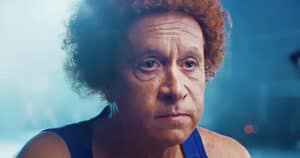
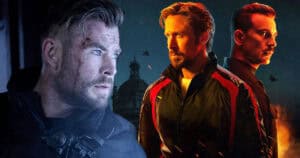
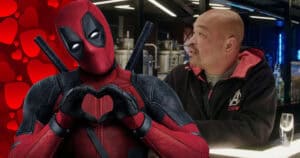

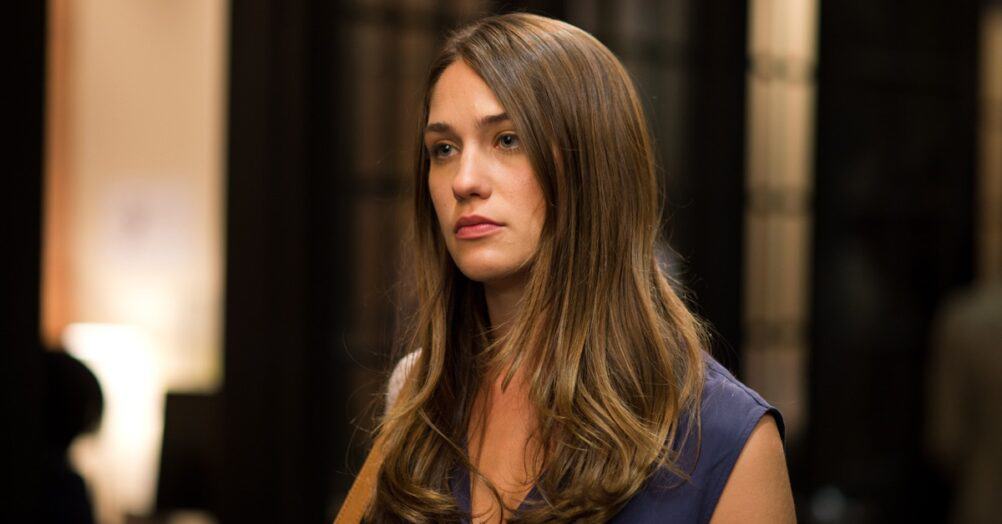
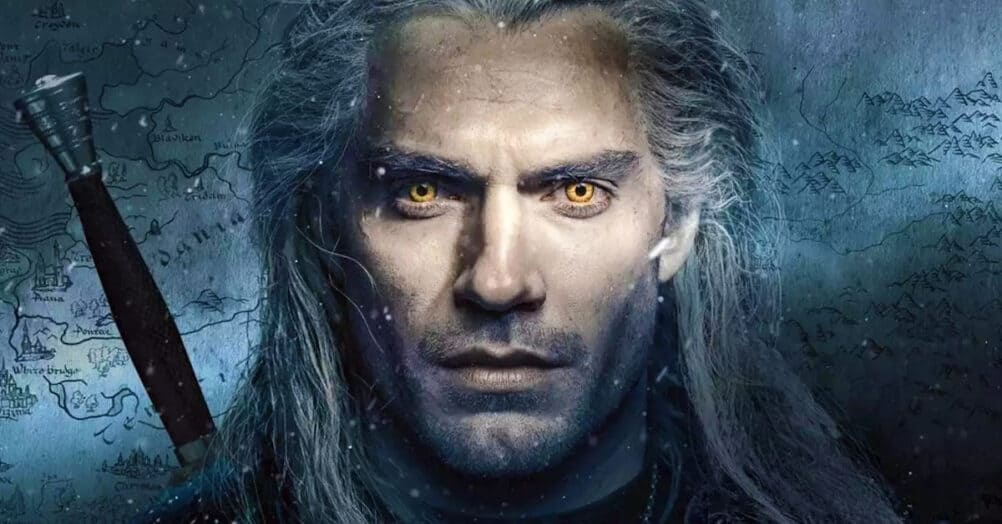
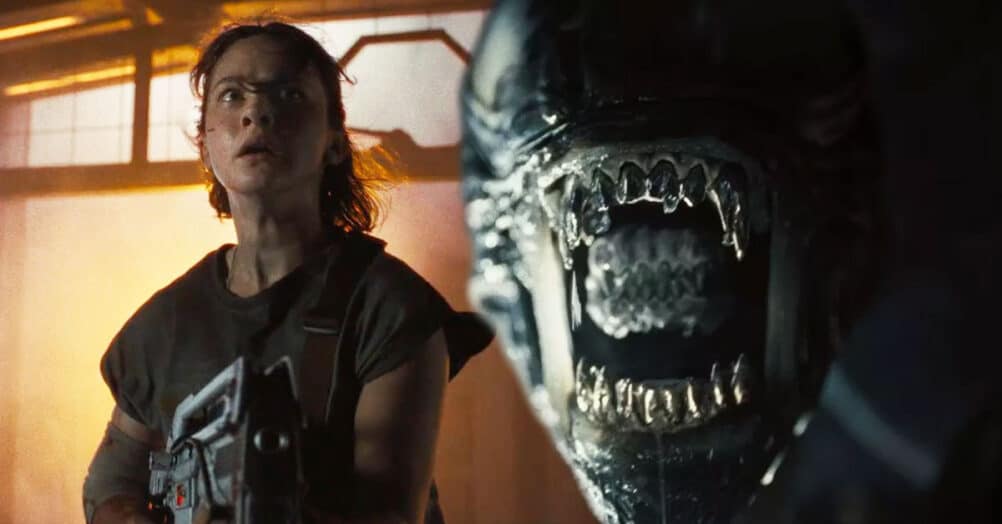


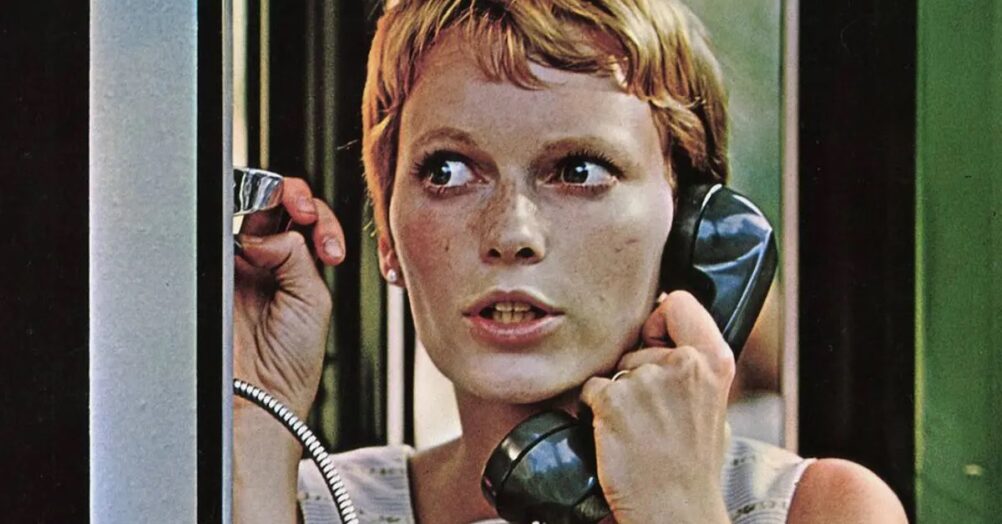
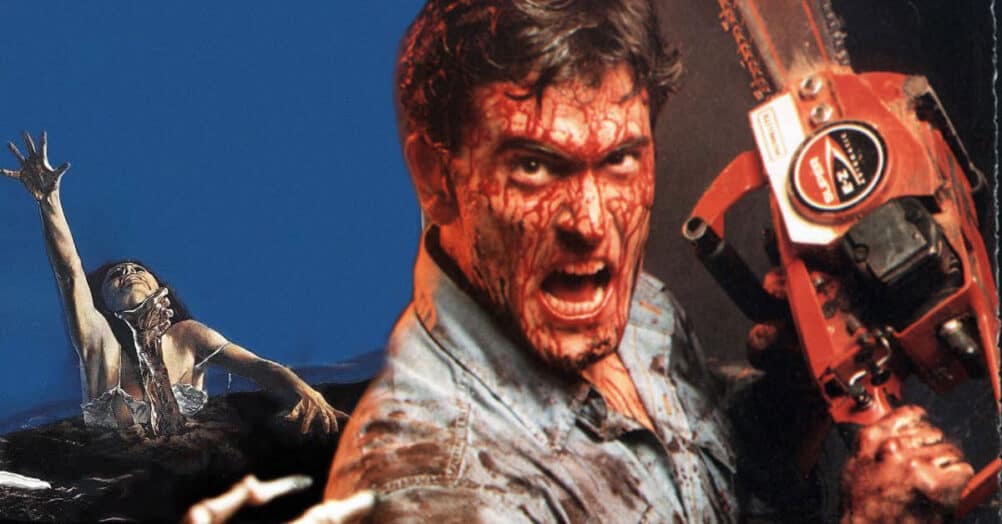

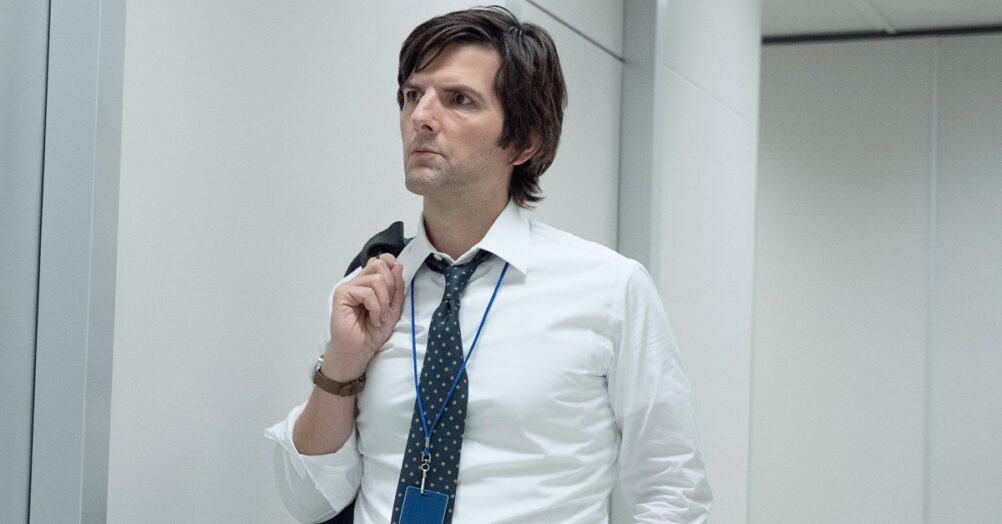
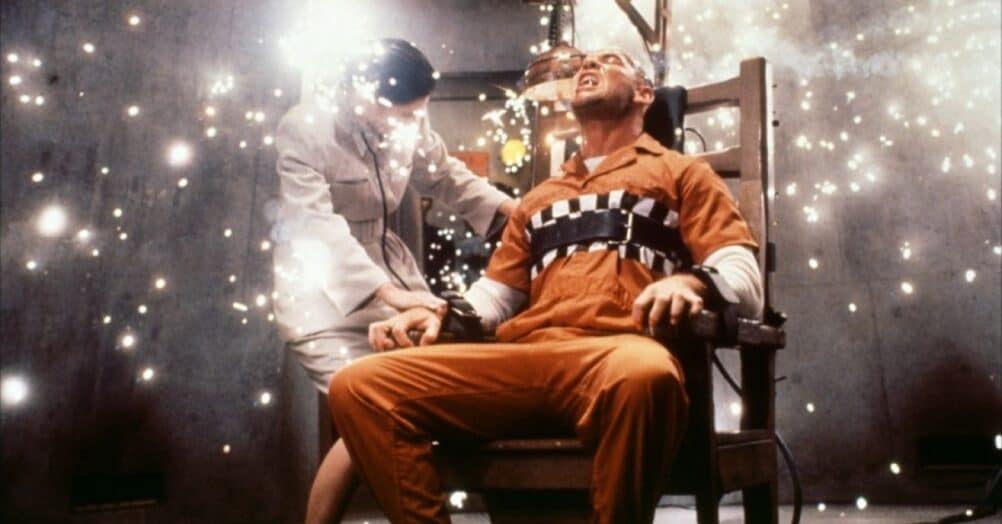
Follow the JOBLO MOVIE NETWORK
Follow us on YOUTUBE
Follow ARROW IN THE HEAD
Follow AITH on YOUTUBE